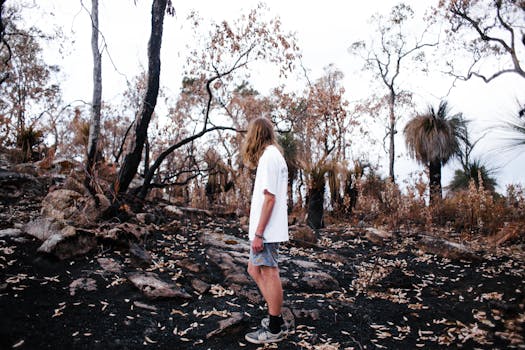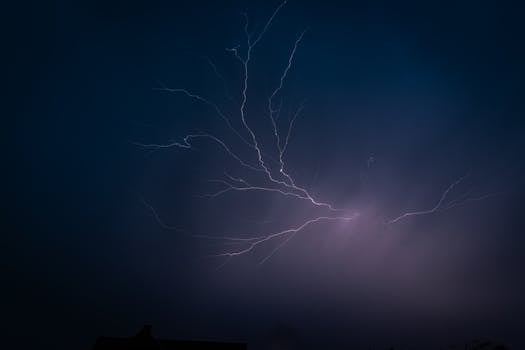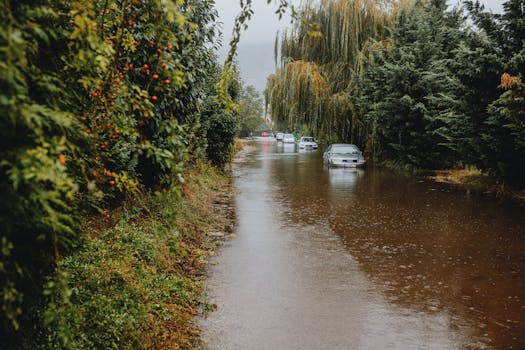
Understanding Climate Change and Its Impacts

Climate change is one of the most pressing issues facing our planet today. It refers to significant changes in global temperatures and weather patterns over time. While climate change is a natural phenomenon, human activities have accelerated its effects, leading to serious environmental consequences.
One of the most visible impacts of climate change is the increase in extreme weather events. These include hurricanes, floods, droughts, and heatwaves. According to scientists, these phenomena are becoming more frequent and severe due to rising global temperatures.
The Role of Environmental News Coverage

Environmental news coverage plays a critical role in informing the public about climate change. It helps raise awareness of the ongoing changes in our environment and the actions needed to mitigate these impacts. However, the quality and extent of environmental reporting can vary significantly from one region to another.
Many mainstream media outlets have begun to prioritize environmental issues, but coverage can often be superficial, focusing on immediate events rather than the underlying causes of climate change. Investigative reporting is essential for uncovering the broader implications of climate change and for holding corporations and governments accountable.
Challenges in Reporting Climate Change

There are several challenges that journalists face when covering climate change. One major issue is the complexity of the science behind climate change, which can make it difficult to communicate effectively to the general public. Additionally, the politicization of climate issues can lead to misinformation and confusion.
Another challenge is the need for local reporting on climate impacts. While global trends are important, local stories help people understand how climate change is affecting their communities. Environmental journalists must strive to connect global issues with local realities to engage and inform their audiences effectively.
Innovations in Environmental Journalism

Despite these challenges, there are promising innovations in environmental journalism. Digital platforms and social media have created new opportunities for environmental reporters to reach wider audiences. Interactive maps, data visualizations, and multimedia storytelling can make complex climate data more accessible and engaging.
Moreover, collaborations between journalists and scientists are becoming more common. These partnerships can enhance the accuracy of reporting and provide deeper insights into the impacts of climate change.
The Future of Environmental News Coverage

As the impacts of climate change continue to escalate, the need for robust environmental news coverage will only grow. Media organizations must commit to investing in environmental reporting and providing their journalists with the resources necessary to cover these complex issues comprehensively.
Additionally, fostering a culture of environmental awareness among the public is essential. By supporting environmental journalism, audiences can play a crucial role in driving the discourse around climate change and ensuring that it remains a priority on political and social agendas.





